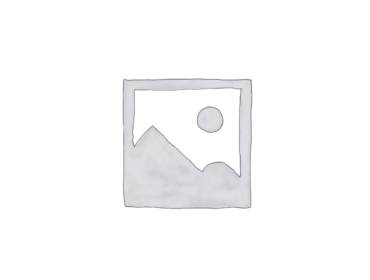
High level inverter
This inverter is used for small applications such as powering a specific piece of equipment or providing
power to a private residence or small business.Grid-tied inverters, also known as grid-interactive
inverters, are used mainly in larger systems that can supply power to the electrical grid.
it is also used in both modes where excess power in a small application is fed to the grid for credit.
The stand-alone inverter is used in applications where all of the output power is used for a specified
load, such as an appliance with an AC motor, and is independent of the electrical grid.The 240 V is
split into two 120 V lines for most home and small business applications. Some large appliances, such as
clothes dryers and stoves, require the full 240 V.If the load is pure resistance, the voltage and current are in phase with each other and the power factor is 1, so all of the power is delivered and dissipated in the load.
When the load is a combination of resistance and reactance (which is usually the case), the power factor is somewhere between 0 and 1.
If the power factor is less than 1, power factor correction is necessary to increase the power factor to as close to 1 as possible.
For power factor correction, one type of reactance is added to cancel the effects of the opposite type of reactance in the load, making the load appear to be purely resistive.
The diagram in Figure 2 is a common method to illustrate power factor. If there is inductance or capacitance in the load, there will be reactive power plotted on the y-axis.




There are no reviews yet.